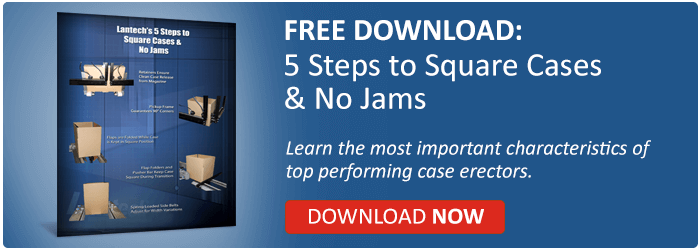Companies expect their products to safely arrive at their destinations in the same condition they left. Whether they ship an expensive load of bourbon (we’re headquartered in bourbon country, after all!) or a load of crayons, every load needs at least some minimal amount of protection to make it safely to where it’s going. And some loads require more protection than others.
To prevent damage, most people use the most effective packaging materials – think bottles, cases and stretch film — at the lowest price possible. This holds true in today’s economy. Every day, companies are under increasing pressure to produce greater profit margins. So reducing materials at the packaging level can make a significant impact, especially if someone ships in high volumes.
Big companies struggle the most with reducing materials – e.g. the thickness of the boxes’ walls – without reducing the integrity of their package performance. For example, bourbon giant Jim Beam (the largest bourbon brand in the world) transports 7 million cases annually all over the world. If the shipping department replaces cases with thinner ones to save
5 cents per case, the company would save $350,000 in one year. This money could fund a new R&D project or cover a charitable contribution. On the other hand, a small batch bourbon distillery like Pappy Van Winkle, shipping 6,000 cases a year, would only pocket about $300, if it replaced its cases with cheaper ones.
The people behind Pappy Van Winkle bourbon (it’s rare, made in tiny amounts, can sell for up to $1000 and has a cult-like following) expect the bourbon to have a damage-free journey from the shipping dock to distribution centers. The brand expects smudge-free labels and no broken glass. People care about their brand image and reputation. Even the smallest things that go wrong can damage customer perception.
When people pack their product in reliable cases, they’re implementing one of the many elements that ensures an effective shipping program. It has been proven that machines make cases better than people. Case erector machines form cases with the maximum probability of product protection. Case erectors employ all the quality elements of a box and build it the way it was designed to be built – vertical sides, horizontal tops and bottoms. Boxes like these, known as square cases, stack properly on a pallet and have 30 percent more stacking strength than boxes not properly formed.
It’s even more important to have square cases if the case is made from less material. Luckily, the design and engineering elements of a case work together when case erectors correctly do their job. If Jim Beam decides it wants to reduce the thickness of its cases’ corrugate, the new cases must still maintain performance. And do it for every case of bourbon, every time.
For more information, you can contact us on our website or call us at (502) 815-9109.
This post was published on October 9, 2014 and updated on September 13, 2017.
October 9, 2014


